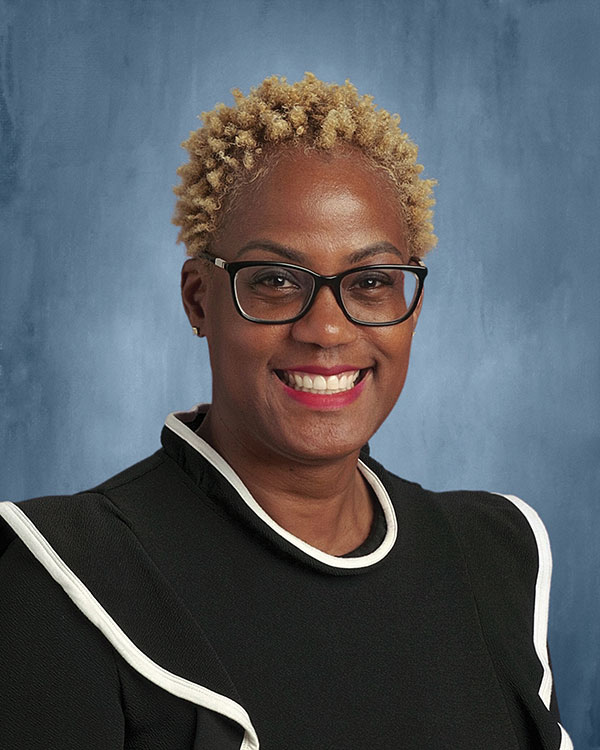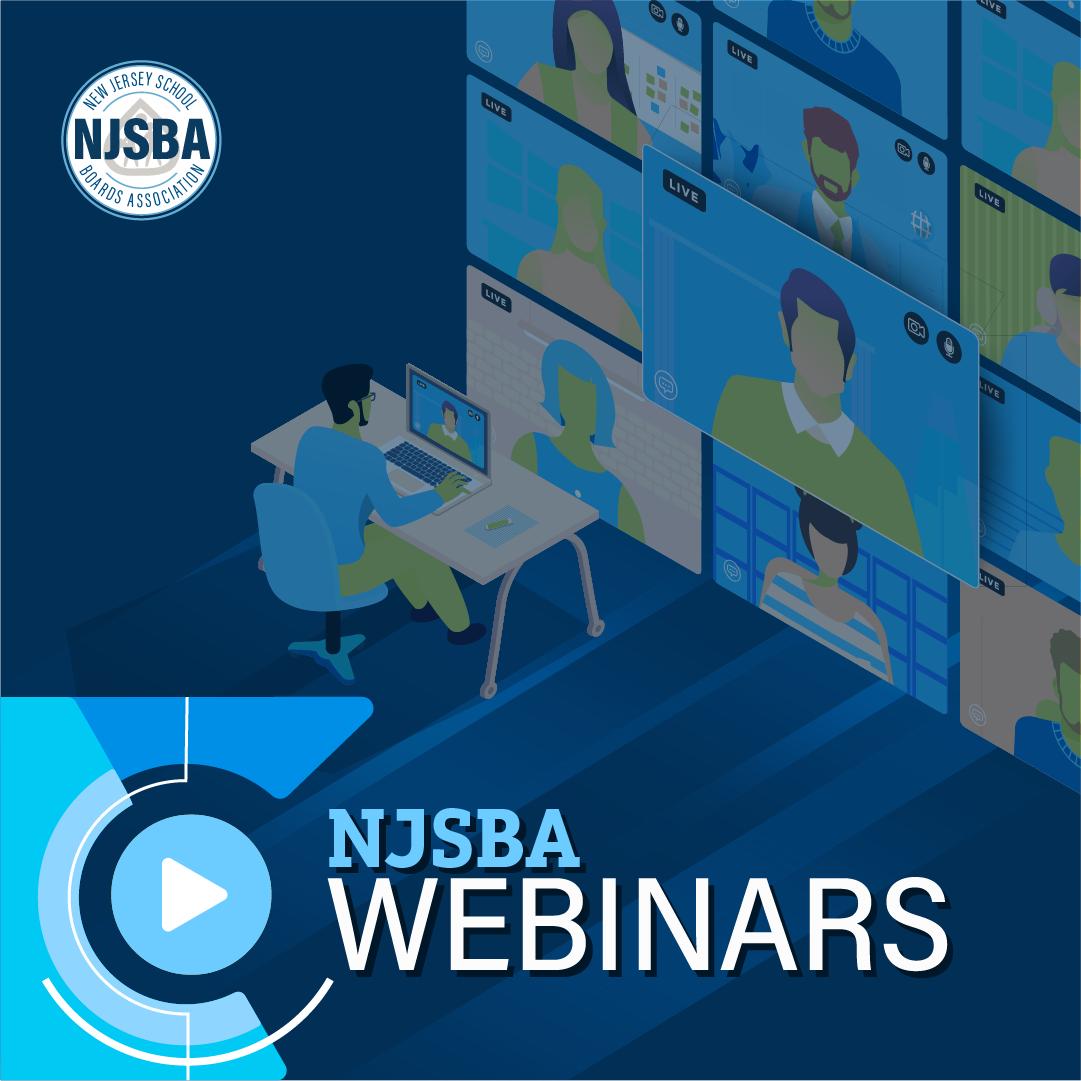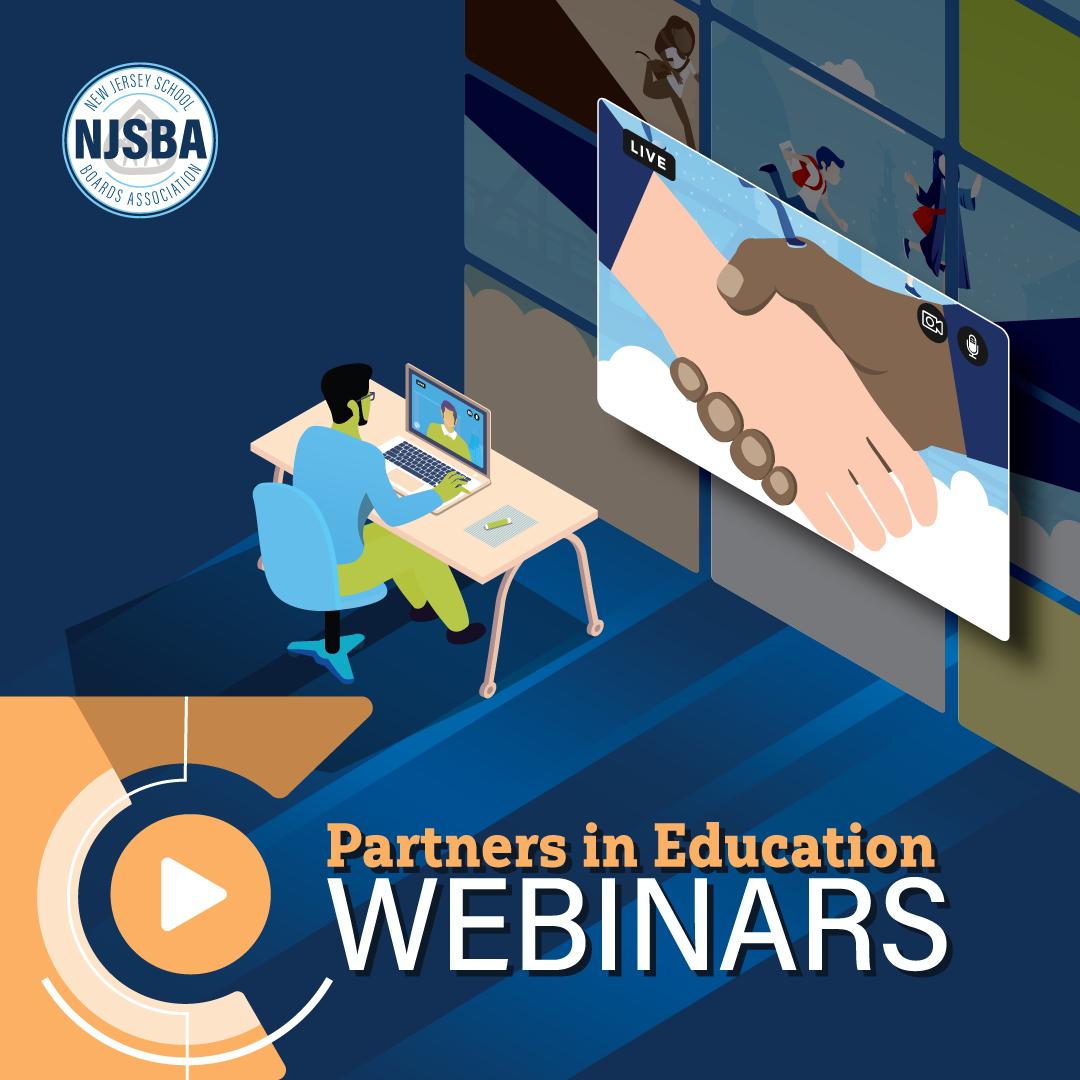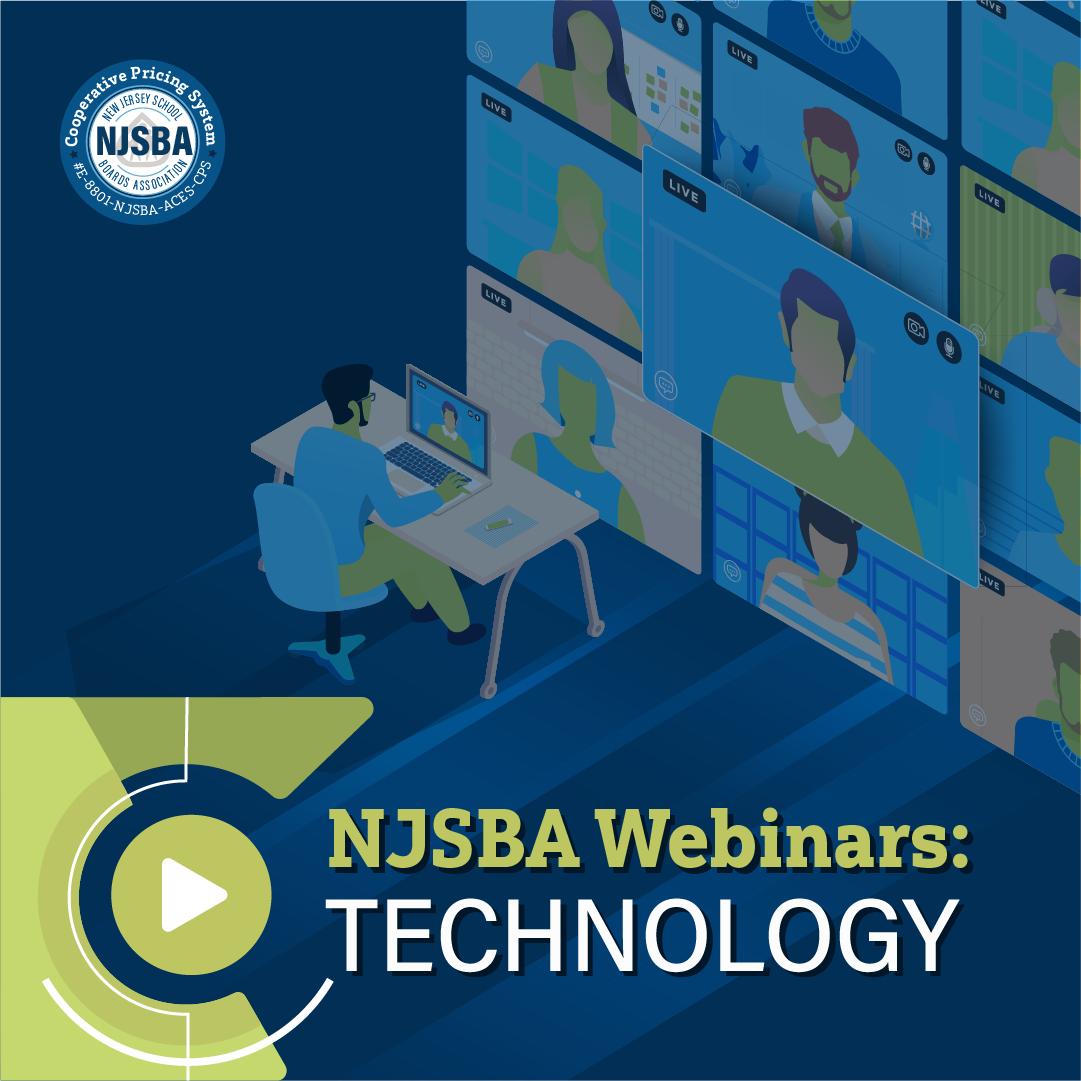
Robert Beers, the superintendent for Bridgewater-Raritan Regional School District (Somerset County), kept thinking the teens would return to their pre-pandemic behavior, when their eyes were not affixed to their phones.
Years later, and the truth is clear: what he thought was a phase is now the norm.
So, when a team of principals in the district, led by Bridgewater-Raritan High School’s Daniel Hemberger, suggested an intervention, Beers agreed. Unchecked cell phone use in the high school had led to “a spike in negative behaviors,” he said, including fights.
The newest member of the classroom, a cubby for cell phones, started last September in Bridgewater-Raritan High School. Upon entering a classroom, students put their cellphone away in a cubby; they can retrieve them at the end of the class period. “Is this the panacea for all the problems in the world?” Beers asked of the high school’s new rule. “Well, no, but it can certainly help us go in a certain direction.”
To compete with students’ access to a never-ending stream of stimuli, a growing number of administrators in the Garden State are limiting the use of cell phones in school.

Reviving the Human Element “The unauthorized use of cell phones,” said Atiya Y. Perkins, superintendent of Linden Public Schools in Union County, was leading to more disciplinary infractions in and out of its middle schools and high school.
Starting in the 2023-2024 school year, students in McManus and Soehl middle schools and Linden High School had to put their phones in pouches with a magnetic unlocking base from Yondr for the school day. The pouches can only be unlocked by pressing them against a device at stations located in the schools or at the local library.
It’s an opportunity, Perkins said, for students to learn that phones aren’t meant to harm and to “create an environment where cyberbullying, social media abuse and unauthorized recording” don’t thrive.
“We’re human,” she said. “The compassion for your fellow peer has to come from somewhere.”
Options such as cabinets and hanging pouches were considered, but Perkins said Yondr gave students “ownership,” so the teachers didn’t have to monitor kids’ phones. “When you’re looking at a school of 3,000 kids, locking and unlocking phones every day, it would be quite an accomplishment,” Beers said of that option. “Not to say it wouldn’t work, but I think there’s a scale issue with some of these devices.”
According to Perkins, 3,337 students attend the three Linden schools where Yondr pouches are used. The number of disciplinary infractions has plummeted. “Students are talking more to one another, engaging in the cafeteria,” Perkins said. “They’re being sociable, so that’s a positive response.”
Yondr is not the only phone pouch company, but it is the most popular. In March, Vox reported that schools in 41 states “have bought the pouches in recent years.” In a fall 2023 NJ.com story, Yondr did not reveal how many New Jersey schools use its wares, but confirmed that several municipalities, including East Orange, Jersey City and Pennsauken, did. After initially agreeing to an interview with School Leader, Yondr declined to comment.
Perkins said the district signed a three-year lease with Yondr, which is in the budget. She’s happy with the results.
“In today’s day and age, we cannot minimize the human experience (of) building relationships with one another,” Perkins said. The Yondr pouches “minimize distractions and create meaningful learning experiences: socially, emotionally, academically. And when you have that, that mitigates disciplinary infractions.”
Looking Over Yondr Like Bridgewater-Raritan, West Morris Regional High School District took a low-tech approach to curtailing students’ cell phone use, requiring students at Mendham and West Morris high schools to put their phones in caddies hanging on the wall near the entrance to each classroom.

Yes, cell phones were becoming a distraction to students’ learning, said Tim Rymer, principal at West Morris Central High School. But teachers had different attitudes toward cell phone use in class, which frustrated students. “I think our teachers were looking for a little bit more support,” Rymer said. “We wanted to be responsive to them.”
The teachers were thrilled at the classroom addition; students, initially, not so much.
“I’d be lying if I said there weren’t a few moans and groans in the audience, some rolling of the eyes,” Rymer said. “Philosophically, whether kids will admit it or not, they like rules and expectations – and they like boundaries.”
In less than a week, he said, the caddies were a non-issue. (Kids can still look at their phone between periods and at lunch – or with teacher permission for doing classwork.)
Dr. Barbara Sargent, superintendent of West Morris Regional High School District, received an endorsement from a student advisory group, consisting of 20 students from both high schools.
During a meeting early in the school year, a student complained about the new measure. “A majority of the students,” Sargent recalled, disagreed. They talked about how much more focused they felt in class, how they weren’t distracted by the buzzing of their phone. They actually engaged with their classmates. Perkins has heard students say their cell phone’s unavailability relieves a burden. They no longer feel compelled to answer that text from Mom or to respond to a barrage of notifications.
Since the cubbies made their way to Bridgewater-Raritan High School, the number of disciplinary events has declined, though “we can’t prove causation,” Beers said. But the feedback from teachers has been positive: They can teach without disruption.
The students benefit as well. “There’s plenty of research that shows how you can’t multitask,” Beers explained. “You can’t have divided attention. You’ve got to be doing one or the other. There’s a profound impact on student learning when kids can’t focus.”
It’s about instilling “healthy behaviors,” Beers said. Students “who can self-regulate in that area,” he added, “are going to be far more successful.”
While most administrators can agree that trying to keep students looking at their cell phones during class is a struggle, not everyone is approaching the problem by limiting their access.
For instance, Glenn Robbins, superintendent of the Brigantine Public School District (Atlantic County), believes embracing cell phones is part of kids’ preparation for the future. After all, isn’t computer literacy taught in schools?
“My job is, we’re teaching learning,” Robbins said. “I always have to prepare them for what’s next. And what’s next is going to have technology in there.” Isn’t a cell phone a workplace tool? By separating students from their phones, “we’re doing them an incredible disservice,” Robbins said.
Brigantine Community School, which hosts kindergarten through eighth graders, has programs to ensure proper cell phone use, according to Robbins. Elementary age students learn about the good and bad of the devices from the Atlantic County Prosecutor’s Office.
But what can be done to keep kids in class from heading for their phones?
“That’s a million-dollar question. I think if I had an answer, I’d have an Oprah bestseller,” Robbins said.
Management and Enforcement For the three districts that limited students’ cell phone use, clarity and communication with shareholders was integral. “You have to start with what it is you’re trying to accomplish,” Beers said. “Where we started, we wanted to provide kids with the ability to focus during instruction at the high school level.”
In the case of West Morris Regional High School District, approval from the board of education wasn’t required to approve the pouches, but the district shared its plan and sought the board’s input. When a board knows what the district is doing and why, and the board agrees, that helps with messaging, said Sargent, because it shows “that we’re all in this together, and we all buy-in.”

Not much convincing was needed.
Barry Walker, president of the Bridgewater-Raritan Regional School District’s Board of Education, noted that teachers and administrators are in the schools every day. They know what’s needed.
Likewise, board members with West Morris Regional High School District realized something needed to be done.
“Almost everyone (on the board) understands that there are a lot of good things about cell phones,” said Lisa Woodring, vice president of West Morris Regional High School District’s board of education. “But in the classroom, they are a crazy distraction.”
Implementing something new, Perkins said, remains “the biggest problem.” High school students in Linden “presented their concerns before the board of education,” she said, namely how they would contact someone if there were an emergency. “We were able to help them understand the multiple places where they can unlock their phones,” Perkins said. Plus, there’s email, the school’s landlines, or going to an adult.

That helped with the transition, so did tying cell phone use to student achievement. “You can’t be successful in a classroom where you’re supposed to be focused and involved if this device is distracting you,” the superintendent said.
Having a decision made before September gave districts time to inform the necessary parties.
“We started with our students and their parents,” said Rymer of his and West Morris Mendham High School principal Steve Ryan’s outreach plan. “We always send out a summer update, and we started there. In that letter, we talked about the shift in philosophy and policy procedure within the building. We made the changes in the school handbook, so officially those changes were reflected … so the parents could refer to those if they wanted to. In Principal Ryan and my summer mailings to teachers, we both included some language relating to a new cell phone policy. I have to tell you, obviously it was very, very well-received by our teachers when they returned to the building.”
A few parents had concerns, Rymer said, but those concerns soon ebbed.
“About a month or two later,” he said, “I started getting feedback from parents thanking us.” Nobody in the district wobbled on the new cell phone procedure; everyone was committed, Sargent said. “The full leadership team in the district was really conveying the same message, and that was really critical,” she added, “There was nobody from the outside who was able to poke holes in anything we were doing.”
Perkins said “accountability and consequences” helped. If a Linden high school or middle school student’s phone is exposed when it should be in the Yondr pouch, their parent or guardian is summoned to get it. “A parent,” she said, “is not happy when they have to be called to come pick up a phone. Students don’t want their phones taken.”
Beers stressed the importance of “continuous communication with the community,” so high school students know the expectations and rules for using devices. “With kids, every September you have to go through the same thing – that is outlining what expectations are and what the accountability measures are for those expectations,” he said.
What’s Next? There is no guarantee these cell phone measures will stay in place. “I’ve made mistakes with policy and the administration has, and (when that happens), you have to change it,” Walker said. “It’s part of what we do.”
“Good school districts should always be evaluating and reflecting, moving forward,” Robbins said. Policies must get updated throughout the year. The administration has to regularly communicate with its committees and board of education.
“It’s never good to direct,” said Walker. “Your job is to be collaborative.”
School board members should regularly contact their superintendent to ask questions regarding policy, Robbins said. “It goes back to communication,” he added. “When there’s no communication – in that void is where negativity starts to lurk.”
It helps to remember who benefits from these measures. “As we go through and we have all these interventions and emotional support for kids,” Beers said, “we have to really start looking at what the catalysts are for these behaviors.”
He knows schools cannot solve every problem. They can’t control what students text or post once the final bell rings. But for six or seven hours, Beers said, they can try to create an environment where students can thrive.
Pete Croatto is a writer whose work has appeared in many publications, including The New York Times, AARP the Magazine, New Jersey Monthly and The Toronto Star.



